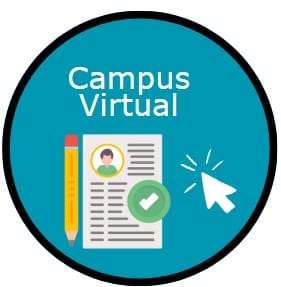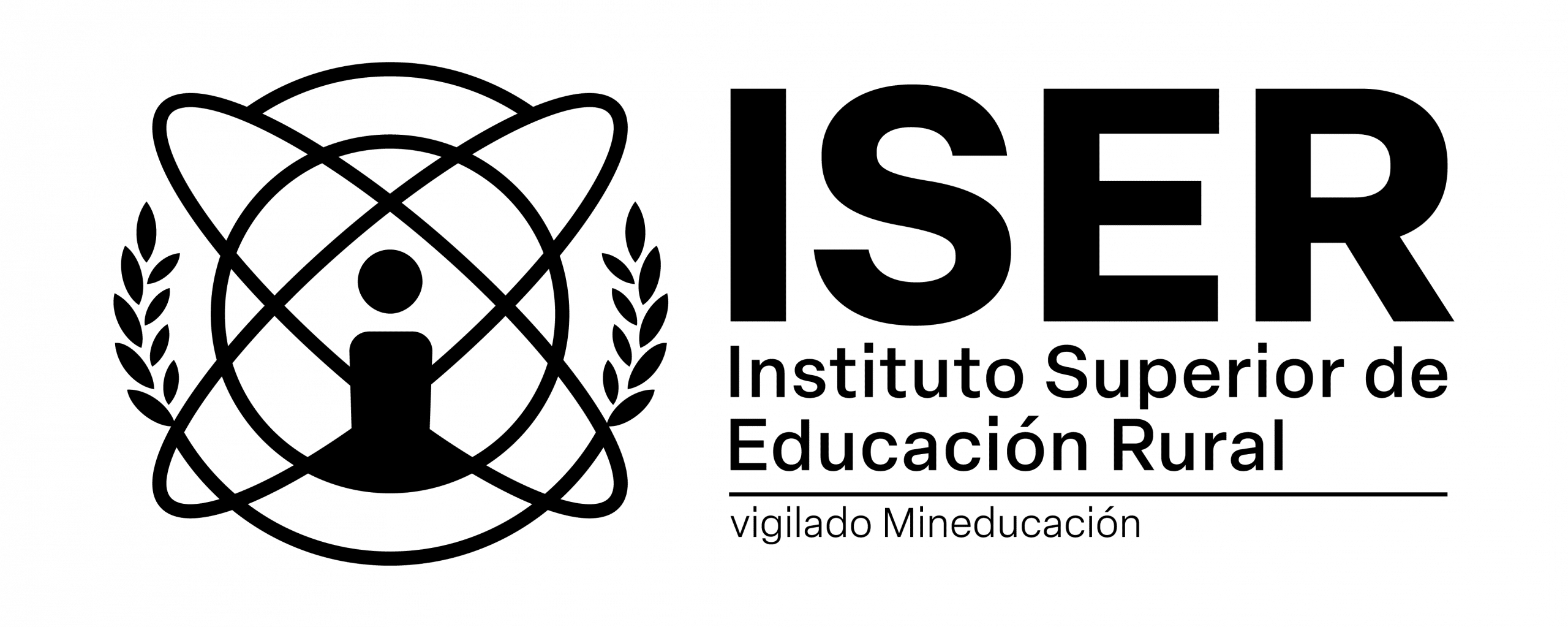Tecnología en Gestión de redes y Sistemas Teleinformáticos

Nombre del Programa: Tecnología en Gestión de Redes y Sistemas Teleinformáticos
Título que Otorga: Tecnólogo en Gestión de Redes y Sistemas Teleinformáticos
Duración: 6 (seis) Semestres
Lugar de Desarrollo: Pamplona, Norte de Santander
Modalidad: Presencial
Tipo de Formación: Tecnológica
Número de Créditos Académicos: 93 (noventa y tres)
Costo de Matrícula: 1 SMMLV
Primer Semestre
Cuarto Semestre
- Asignatura Créditos
- Asignatura Créditos
- Matemática Aplicada 3
- Física Aplicada 3
- Lógica Computacional 3
- Redes de Comunicaciones 3
- Habilidades Comunicativas 1
- Sociedad y Ruralidad 2
- Electiva I 1
- Gestión de proyectos de tecnología 2
- Programación de sistemas de la información 3
- Redes inalámbricas 3
- Programación movil 3
- Inglés III 1
- Diseño para la web 1
- Ciudadanía y convivencia 2
Segundo Semestre
Quinto Semestre
- Asignatura Créditos
- Asignatura Créditos
- Cálculo 3
- Computación Física 3
- Sistemas Operativos 3
- Programación Estructurada 3
- Inglés I 1
- Habilidades intra e interpersonales 1
- Electiva I 1
- Metodologías para el desarrollo de Software 2
- Servidores 3
- Optativa desarrollo de software 3
- Optativa gestión de redes 3
- Estructuramiento y direccionamiento 3
- Gestión ambiental 1
- Electiva III 1
Tercer Semestre
Sexto Semestre
- Asignatura Créditos
- Asignatura Créditos
- Técnica, Tecnología y Ciencia 2
- Electricidad y Electrónica Aplicada 2
- Bases de Datos 3
- Programación Orientada a Objetos 3
- Redes Cableadas 3
- Inglés II 1
- Producción y Compresión de Textos 2
- Trabajo de grado 15
Misión
El programa busca formar un Tecnólogo en Gestión de Redes y Sistemas Teleinformáticos que contribuya al desarrollo del talento humano y que responda a las demandas en el área del conocimiento de las tecnologías de la información y las comunicaciones de acuerdo a los resultados de aprendizaje definidos en las cualificaciones adoptadas, con conocimientos disciplinares básicos y habilidades comunicativas, conducentes a la formación integral que le permita desarrollar procesos formativos, de extensión e investigativos y con sentido ético y moral, conscientes de su responsabilidad social en el desarrollo del entorno urbano y rural.
Visión
Para el año 2025 ser reconocido como un programa competitivo, acreditado en alta calidad que contribuye al desarrollo del talento humano y que responde a las demandas en el área del conocimiento de las tecnologías de información y las comunicaciones, con un enfoque incluyente que impacte en el desarrollo urbano y rural. información y las comunicaciones de acuerdo a los resultados de aprendizaje definidos en las cualificaciones adoptadas, con conocimientos disciplinares básicos y habilidades comunicativas, conducentes a la formación integral que le permita desarrollar procesos formativos, de extensión e investigativos y con sentido ético y moral, conscientes de su responsabilidad social en el desarrollo del entorno urbano y rural.
Perfil de egreso
- Gestionar, interpretar y apoyar proyectos de TI en entornos corporativos o en ámbitos de desarrollo a la medida.
- Administrar, instalar y configurar redes de cómputo y sistemas Teleinformáticos, servicios de acceso a internet, servidores y redes corporativas de información como Intranet y Extranet.
- Administrar e Investigar sobre tecnologías y políticas de seguridad informática en redes de datos.
- Atender mesas de ayuda para atender solicitudes de soporte tecnológico sobre problemas relacionados con el área TI.
- Realizar mantenimiento de infraestructura tecnológica y de servicios TI de acuerdo a los requerimientos del cliente.
- Elaborar informes detallados sobre el estado y mantenimiento infraestructura tecnológica.
- Supervisar la planificación, diseño y montaje de redes de comunicaciones cumpliendo con procesos de certificación.
- Programador de sistemas y aplicaciones capacitado para codificar, mantener y actualizar los programas asociados a un proyecto TI.
- Gestor de bases de datos capacitado para mantener grandes volúmenes de información respetando los estándares que aseguren la satisfacción de las necesidades del cliente.
Perfil Profesional

El Tecnólogo en Gestión de Redes y Sistema Teleinformáticos del ISER, se capacita en forma integral, humanística y técnica en las áreas de la programación, las redes de comunicaciones y la adaptación de las nuevas tecnologías a su entorno, soportado en un modelo pedagógico que incorpora un alto componente de integralidad del currículo para:
Coordinar, Supervisar y promover el conjunto de actividades relacionadas con el manejo de herramientas software, desarrollo de software e implementación de Redes de Comunicación.
Estructurar, y evaluar procesos tecnológicos para el desarrollo e implementación de software.
Estructurar, y evaluar procesos tecnológicos en la implementación de Redes de Comunicaciones.
Integrar interdisciplinariamente en la formulación y evaluación de proyectos de Redes y Sistemas Teleinformáticos.
Supervisar las operaciones de adaptación de nuevas tecnologías en entornos organizacionales.
Supervisar y coordinar las actividades de los trabajadores encargados de las diversas operaciones en el campo de las redes y sistemas.
Organiza establecimientos que proveen servicios técnicos en el campo de las redes de comunicaciones, Sistema Teleinformáticos y Sistemas de Información
Perfil Ocupacional
La orientación y el desarrollo del plan de estudios, le proporcionarán al Tecnólogo en Gestión de Redes y Sistemas Teleinformáticos los conocimientos teórico-prácticos, además de las habilidades y destrezas necesarias que se requieren para laborar en todas las entidades privadas u oficiales, pudiendo realizar las siguientes actividades:
- Ejecutor de metodologías de desarrollo tecnológico para el correcto desempeño laboral en empresas del sector de las tecnologías.
- Desarrollador de soluciones informáticas.
- Dirigir y controlar operaciones en las organizaciones.
- Diseñador de soluciones de acuerdo a los procesos de la ingeniería del software.
- Gestor de infraestructuras hardware y software en las organizaciones.
- Conocedor de las normas relacionadas con la implementación de redes de comunicación en organizaciones.
- Constructor de arquitecturas tecnológicas para desarrollos de soluciones en el área informática y de las redes de comunicaciones.
- Integrador de procesos de i+D+& en función de los desarrollos organizacionales.
Proyecto Educativo del Programa
Plan de Estudios 2013
*El dominio oficial para correos electrónicos de estudiantes y profesores del programa es: iser.edu.co
Código SNIES: 10397
Resolución 003695 del 18 de marzo de 2022Ministerio de Educación Nacional “Por medio de la cual se resuelve la solicitud de renovación y modificación del registro calificado del programa de Tecnología en Gestión de Redes y Sistemas Teleinformáticos ofrecido por el Instituto Superior de Educación Rural ISER en modalidad Presencial en Pamplona (Norte de Santander)”





